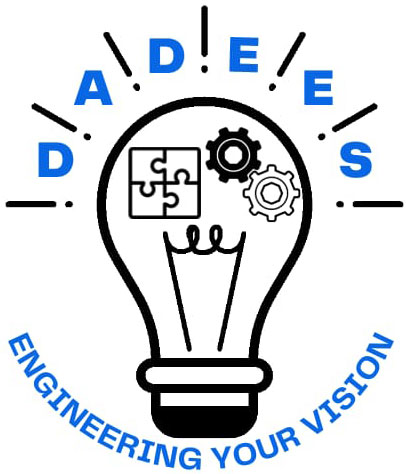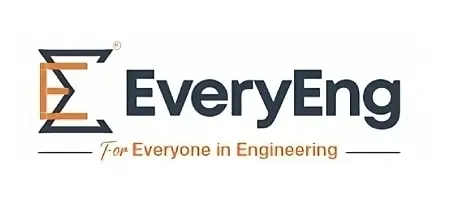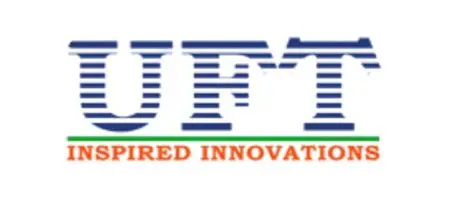The Failure Modes and Effects Analysis (FMEA) is a systematic, proactive procedure designed to identify potential failure modes within a system, process, design, or service, and evaluate their possible impacts on performance, safety, and customer satisfaction. Conducting an FMEA is critical for several reasons, as it serves as an essential tool in risk management and quality assurance, enabling organizations to preemptively address vulnerabilities before they lead to serious problems.
Proactive Risk Identification and Mitigation
One of the foremost benefits of FMEA is its proactive nature. Instead of reacting to failures after they have occurred, FMEA allows design teams to anticipate potential issues early in the development process. By systematically examining each component or process step, teams can identify where failures might occur and assess their severity, probability of occurrence, and detectability. This process ensures that engineers can prioritize risks based on calculated risk priority numbers (RPNs) and implement corrective actions accordingly. The result is a more robust and reliable product or process, reducing the likelihood of costly recalls, repairs, or warranty claims.
Improvement of Product and Process Reliability
FMEA drives continuous improvement by providing structured insights into how products or processes can fail. By documenting failure modes and analyzing their effects, organizations acquire a deeper understanding of the relationships between design choices and performance outcomes. This knowledge encourages iterative improvements and informed decision-making during the design and manufacturing stages. Moreover, FMEA serves as an educational tool for cross-functional teams, fostering a culture of vigilance and continuous learning. Through interdisciplinary collaboration, teams are able to share insights, which can lead to innovative solutions and improved reliability across all stages of production.
Enhancement of Safety and Customer Satisfaction
Safety is a prime concern in many industries, particularly in automotive, aerospace, medical devices, and energy sectors. FMEA plays a pivotal role in ensuring that the safety of end users is never compromised. By pinpointing failure modes that could have severe consequences, such as system malfunctions or hazardous conditions, organizations can design-in safeguards, redundancies, or failure triggers that enhance user protection. Protecting customer safety not only complies with regulatory standards but also strengthens the organization’s reputation, leading to increased customer trust and market competitiveness.
Cost Savings and Efficiency Gains
Although the FMEA process involves upfront costs in terms of time and resources, it ultimately leads to significant savings by preventing failures that could incur exorbitant repair, replacement, or recall expenses. By identifying failure modes early, companies can avoid the expensive rework and scrap production that result from undetected issues. In addition, FMEA helps optimize resource allocation by focusing efforts on high-risk areas which need immediate corrective action. This targeted approach minimizes downtime during production and reduces testing and re-design cycles, leading to more efficient operations and streamlined manufacturing processes.
Facilitating Regulatory Compliance and Quality Standards
Many industries are subject to strict regulatory requirements regarding safety, quality, and environmental impact. FMEA is often a mandated component of the quality management systems within such industries. It not only demonstrates a company’s commitment to maintaining high standards but also forms an integral part of the documentation required to meet compliance criteria. Accreditation bodies and regulatory agencies favor organizations that use systematic risk assessment tools like FMEA, as they indicate a proactive stance toward continuous improvement and risk mitigation.
Encouraging a Culture of Continuous Improvement
The iterative nature of FMEA fosters a culture where continuous improvement becomes part of the organizational DNA. By frequently revisiting and updating FMEA documentation as new information or issues emerge, companies remain agile and responsive to changes in operating conditions or market demands. This continuous cycle of assessment, feedback, and enhancement leads to sustained improvement in product quality, process reliability, and overall organizational performance.
In summary, conducting a Failure Modes and Effects Analysis plays an indispensable role in ensuring product reliability, enhancing safety, and reducing long-term costs. Through systematic risk assessment and proactive mitigation strategies, FMEA not only safeguards the interests of customers and regulatory bodies but also drives organizational efficiency and innovation. Engineers and managers alike can rely on FMEA as a cornerstone tool in their continuous drive toward excellence in mechanical design, manufacturing, and process management.
Furthermore, embracing FMEA can open pathways to additional methodologies for risk management and quality improvement such as Design of Experiments (DOE), Six Sigma, and Lean Manufacturing. Each of these approaches can complement FMEA, offering a broader perspective on quality assurance and sustaining a competitive edge in rapidly evolving industries.




